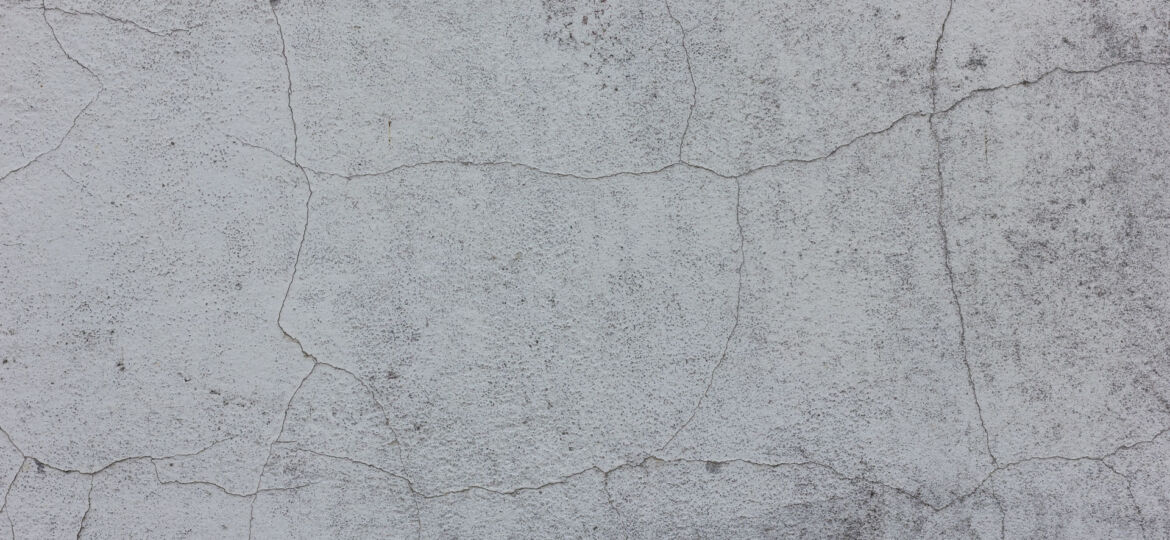
You might think that crazing is some type of race at the Roseville Speedway, or perhaps a new fashion trend at the Galleria. You might think that it’s just describing someone going crazy. But really, you’ve occasionally seen crazing as you travel throughout Roseville and possibly didn’t realize it. Crazing refers to a type of superficial cracking in concrete. Crazed concrete features small, thin fissures that make the concrete surface look like someone was dividing land on a map – or perhaps a cobweb made by a very nervous spider. If you see crazing on your concrete, is it something to worry about? What causes crazing?
Crazing — A Superficial Flaw
Crazing refers to cracks that appear on the surface of concrete, typically caused by shrinkage of the surface layer. The cracks rarely get as deep as 1/8 of an inch, and the irregular patterns they make usually create patches that are an inch or less across. They typically appear a day to a week after the concrete is in place, but most become visible when the surface is drying out. They become more pronounced when calcium chloride, a drying accelerant, is used in the concrete mixture. These cracks do not affect the structural integrity of the concrete floor, but many people don’t like the look of them.
What Makes Crazing Appear?
The most frequent causes of crazing include:
- Poor or inadequate curing
- Too much water in the original mixture
- Hurried finishing operations
- Sprinkling cement on the surface to dry up bleed water
Once crazing appears, it is too late to prevent it.
Ways to Deal with Crazing
The best way to handle unwanted crazing is with epoxy coatings from West Coast Epoxy. We grind your floor to reduce the evidence of crazing. Then we apply epoxy coatings in the color, pattern, and thickness of your choice, completely covering over the cracks. Since they are generally small, these cracks are well within the limits that most epoxies can cover over.
Of course, some people enjoy the look of crazing. It reminds them of the Japanese pottery art of kintsugi, which enhances cracks in ceramics. West Coast Epoxy can use concrete polishing techniques to highlight natural finish patterns in concrete, if you would prefer that over hiding the crazing.
Although crazing is not dangerous to the integrity of your concrete floor, many people consider the cracks unsightly. If you are worried about what your guests or customers might think about crazing in your concrete, contact West Coast Epoxy to discuss the issue. We’re happy to set up a free onsite consultation to look at the extent of your crazing and discuss the best ways to deal with it. You can reach us by phone or with our online form. There is no need to get crazy over crazing in Roseville!

